Exhibition: Mykola Ridnyi – Loss of Vision
Opening: 19.11.2024, 7 p.m.Exhibition: 20.11. – 21.12.2024Curated by Sabine Gamper
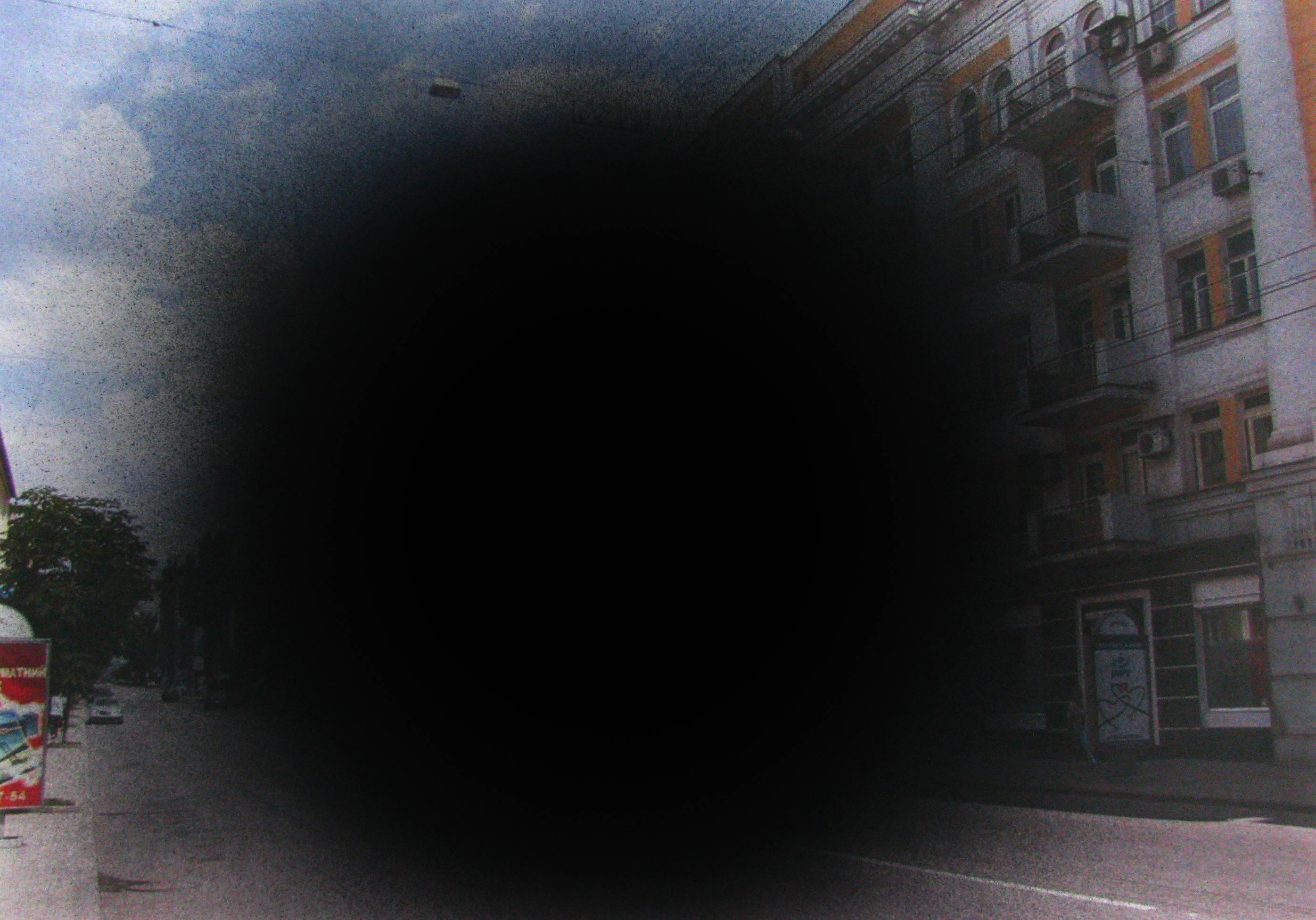
Mykola Ridnyi – Loss of Vision, Blind Spot series (2014 – ), c-print, nitro paint, Exhibition by Foto Forum, Bolzano/Bozen (Italy), 2024
Today’s wars are wars of images. Visuals of military tactics, war crimes, and destruction fill our daily lives, but they are more than just reports. They compete in the information battlefield. Violent imagery has always driven the media, but with 24/7 news and social media, global audiences are constantly exposed to conflict images. News are commercialized, footage is edited like action films cutting out normal life to keep viewers hooked. In a body of works created within the last decade, Mykola Ridnyi explores how to discuss violence without perpetuating it, by using metaphors of blindness to highlight society’s dehumanization amidst sensational news and challenges of war. Since 2014 the artist has dealt with Russian war against Ukraine, its transformations and its perception in the world on its way from a hybrid conflict to the full-scale invasion.
In the Blind Spot series (2014 – ), found images which show destruction of Ukraine were printed and covered with spray paint. A blind spot is a small area on the retina that has no light-sensitive receptors. Every normal human eye deals with it in order to receive and process an image. To contemplate, or cognitively render an image meaningful, we rely on our knowledge and memory without taking into account that we are continuously constructing reality. During the disease of Scotoma or Glaucoma the blind spot can be perceived – from the small spot to the total darkness that “fills in” the eye. In the series, different shapes of the visual effects caused by Scotoma were implemented on the found images of war-torn areas in Ukraine (landscapes, street views, buildings). This is pointing to the similarity between the ways in which disease destroys human vision, and the ways in which media propaganda destroys our ability to reflect on social and political reality.
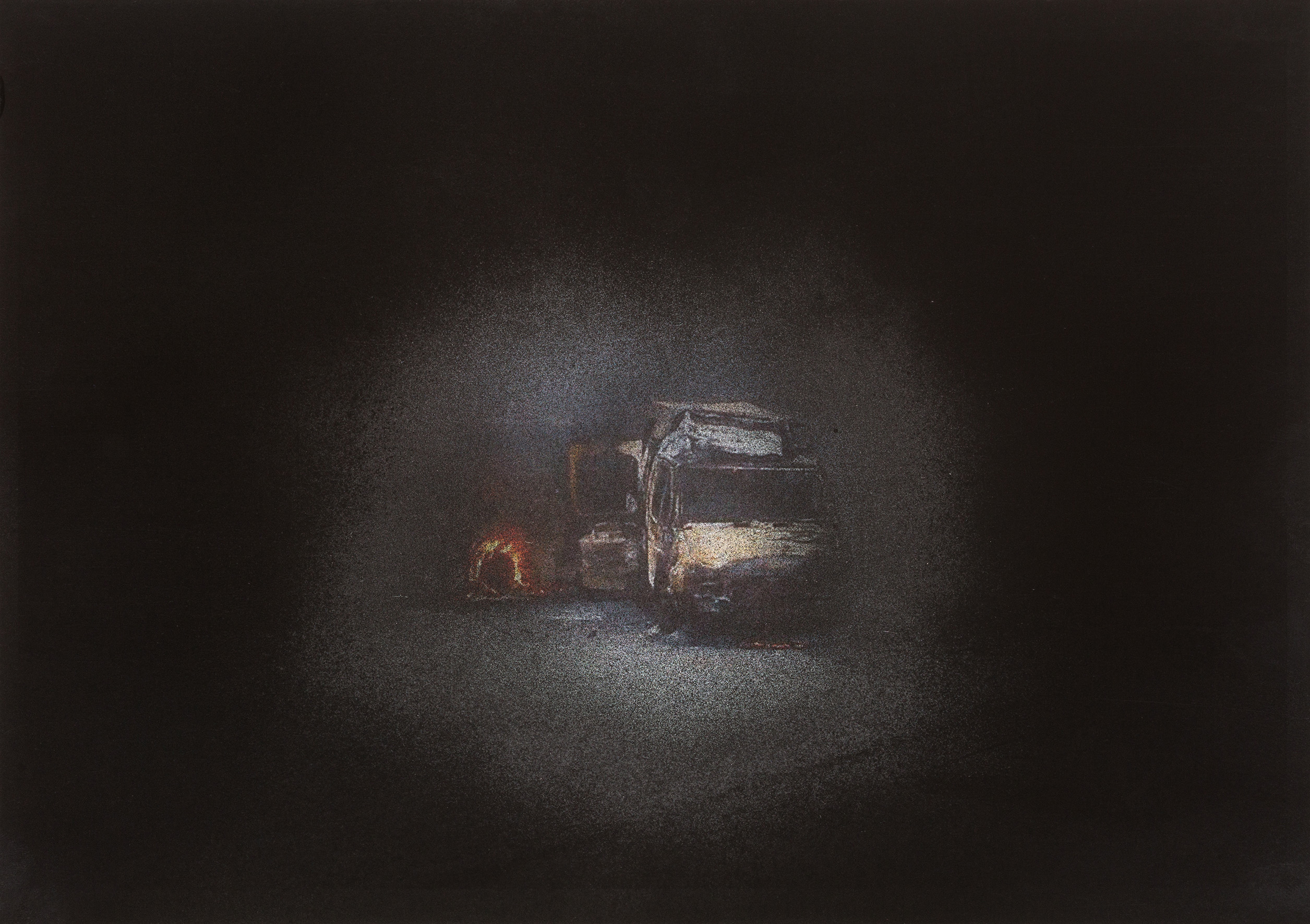
Mykola Ridnyi – Loss of Vision, Blind Spot series (2014 – ), c-print, nitro paint, Exhibition by Foto Forum, Bolzano/Bozen (Italy), 2024
How can the border, which constantly shifts because the lines of military action are ongoing, be marked? How can illegal borders, like in the case of the annexed Crimean Peninsula, which exist in reality alongside checkpoints and soldiers be drawn? Gradual Loss of Vision (2017 – ) is a series of works that includes digital photo collages with blurred maps of disputed territories and areas of military action, freehand drawings, and notes on the peculiarities of human vision. Russian invasion of Ukraine is not the first war in the post-Soviet context: conflicts around Transnistria, Abkhazia, South Ossetia, Nagorno-Karabakh, Russian occupation of Chechnya have started years, even decades earlier than the conflict in Ukraine. However, the series started as a reflection to a situation when international mass media ceased to be interested in the so-proclaimed “frozen conflict”. We observed how the world’s attention moved to the war in Syria, then came back to Ukraine in 2022 and shifted again to the war in Gaza in 2023 and its followed enlargement over the Middle East.
If a person falls asleep and pressure is put on the area of the blind spot in the region of the bridge of their nose, then, after waking up, the vision will not return immediately. The actual image will be out of focus for around a minute, and then slowly return to being recognizable. That is exactly how we react to political problems when they have been out of media focus for a while – reaction comes with a delay and seems to be late for solving a burning problem. (MR)
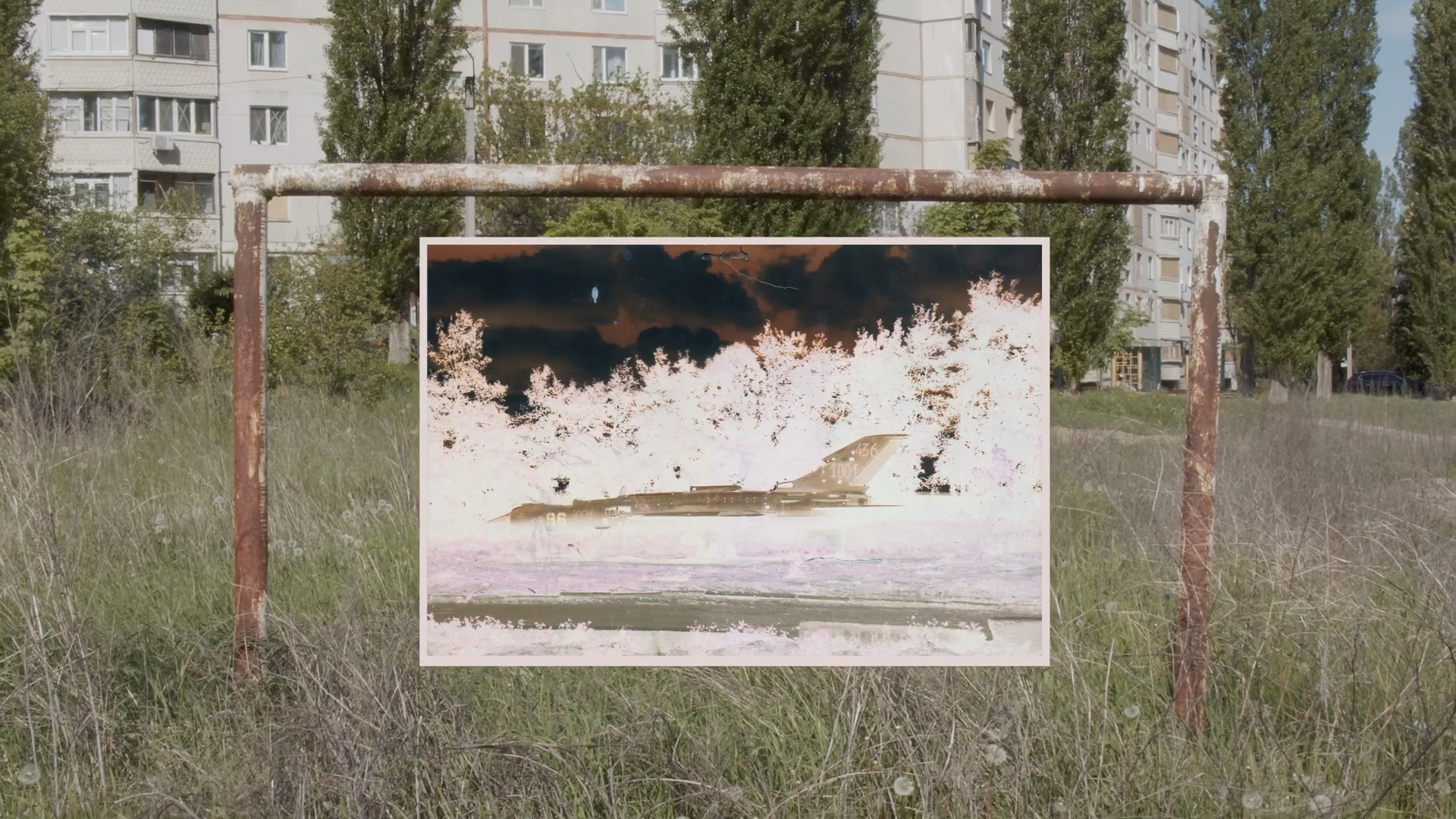
Mykola Ridnyi – Loss of Vision, The District (2023), short film, 20 min, Exhibition by Foto Forum, Bolzano/Bozen (Italy), 2024
In 2022, a neighborhood of Saltivka in Kharkiv, where Ridnyi grew up, has become the frontier of the Russian attacks and has suffered significant destruction. The District – is one of the latest moving image works by Mykola Ridnyi. He looks at the familiar places in Kharkiv heavily destroyed by shelling. The artist commissioned filming from afar. Not being able to visit the city himself he dispatched a film crew with instructions. The spaces that were filmed were associated with a number of memories uttered by the voiceover narration. These stories relocate the images from the public sphere of war into a private area of remembrance. (DM)
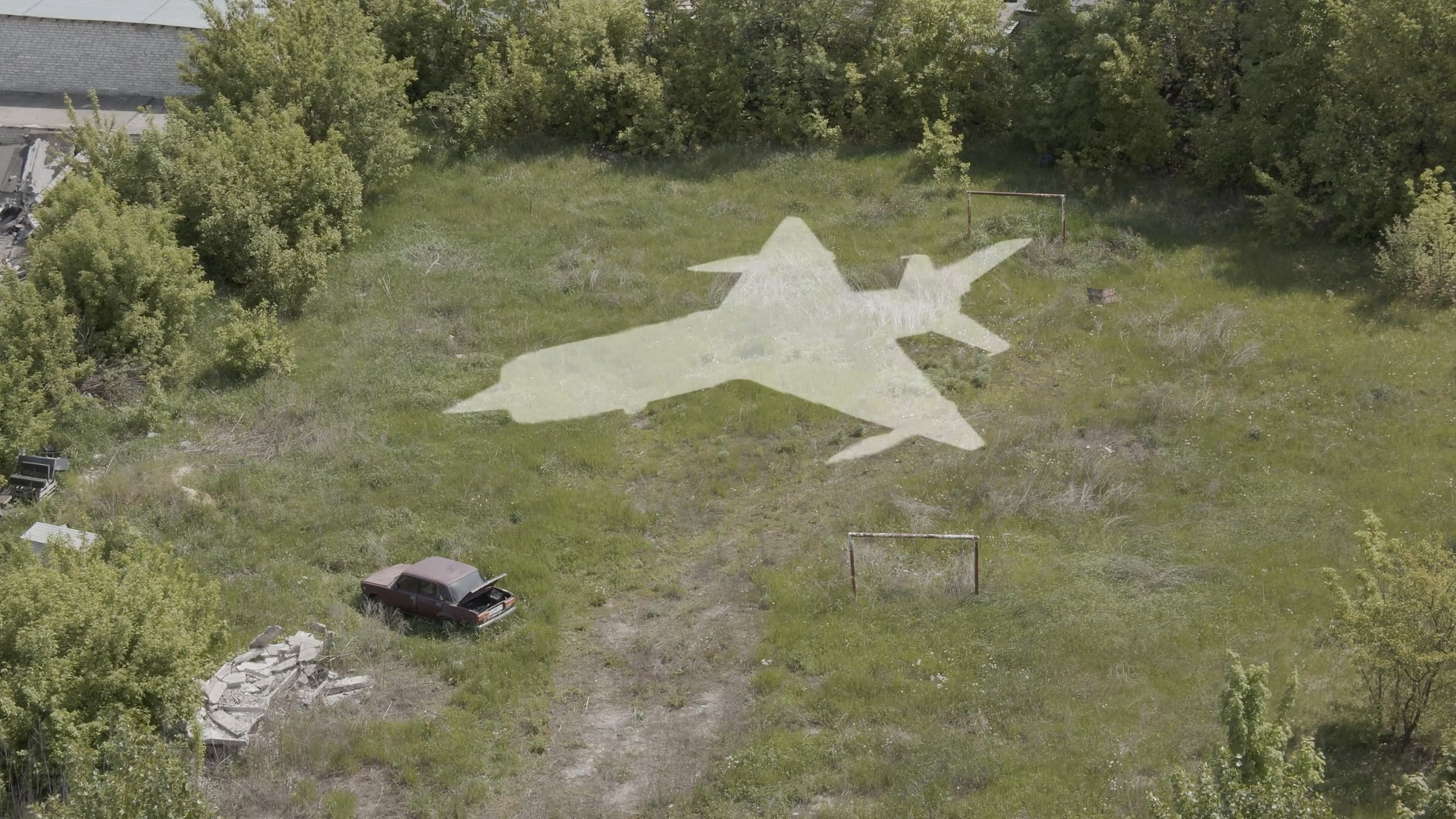
Mykola Ridnyi – Loss of Vision, The District (2023), short film, 20 min, Exhibition by Foto Forum, Bolzano/Bozen (Italy), 2024
It is a walk through the “ghost district” where there coexist past and present, outward and inward landscapes, facts and recollections. (MR)
In the work In Daylight (2018), revised for the vitrine display, the artist not so much conceals as chooses not to disclose information. He studies the gestures of European populists and leaders of right-wing forces, by positioning each gesture in a circle while concealing the person’s identity. A hand symbolizes both authority or power and solidarity. In the early 20th century, a raised fist became the symbol of workers’ unity in a call to establish professional unions. Fists were also used in propagating left-wing ideas on resisting capitalism. Ridnyi reveals a sea-change: right-wing populists have since appropriated the methods, gestures and achievements of the leftist movement, discrediting not only the left as such, but also broader principles of freedom of speech and personal expression. (KY)
Social media were used by right-wing politicians in order to normalize hatred which replaced solidarity and divided society. It also created emotional edition of media which is fueled by violent content. In some cases, violence and physical trauma caused by the state lead to actual, physical blinding. That happened during various public protests in different countries when protesters and independent journalists were shot in the eye by the police or military. (MR)
In the Speck in the Eye (2021), Ridnyi has applied small “patches” to five large-format pictures that show geological sediments-like looking structures. These images in a format of street stickers document so-called “blind protests” that took place all over the world – among others in Chile, Egypt, Hong Kong, Kashmir, Palestine or Georgia – and became known as demonstrations in solidarity with victims of police or paramilitary brutality, in consequence of which they had lost their eyes or suffered from severe eye injuries. Although the pictures, at first glance, resemble contingent abstractions, they are microscopic images of the eye structure, showing injuries caused by external forces. These ophthalmological samples provide evidence of the real consequences of state violence, which is inscribed in the organic structure of the citizens’ bodies. Ridnyi transforms these quasi-physical abstractions into a public space by pasting images of solidarity with the victims of violence taken from mass media. (AS)
MR – Mykola Ridnyi DM – Daniel Muzyczuk KY – Kateryna Yakovlenko AS – Andrei Siclodi
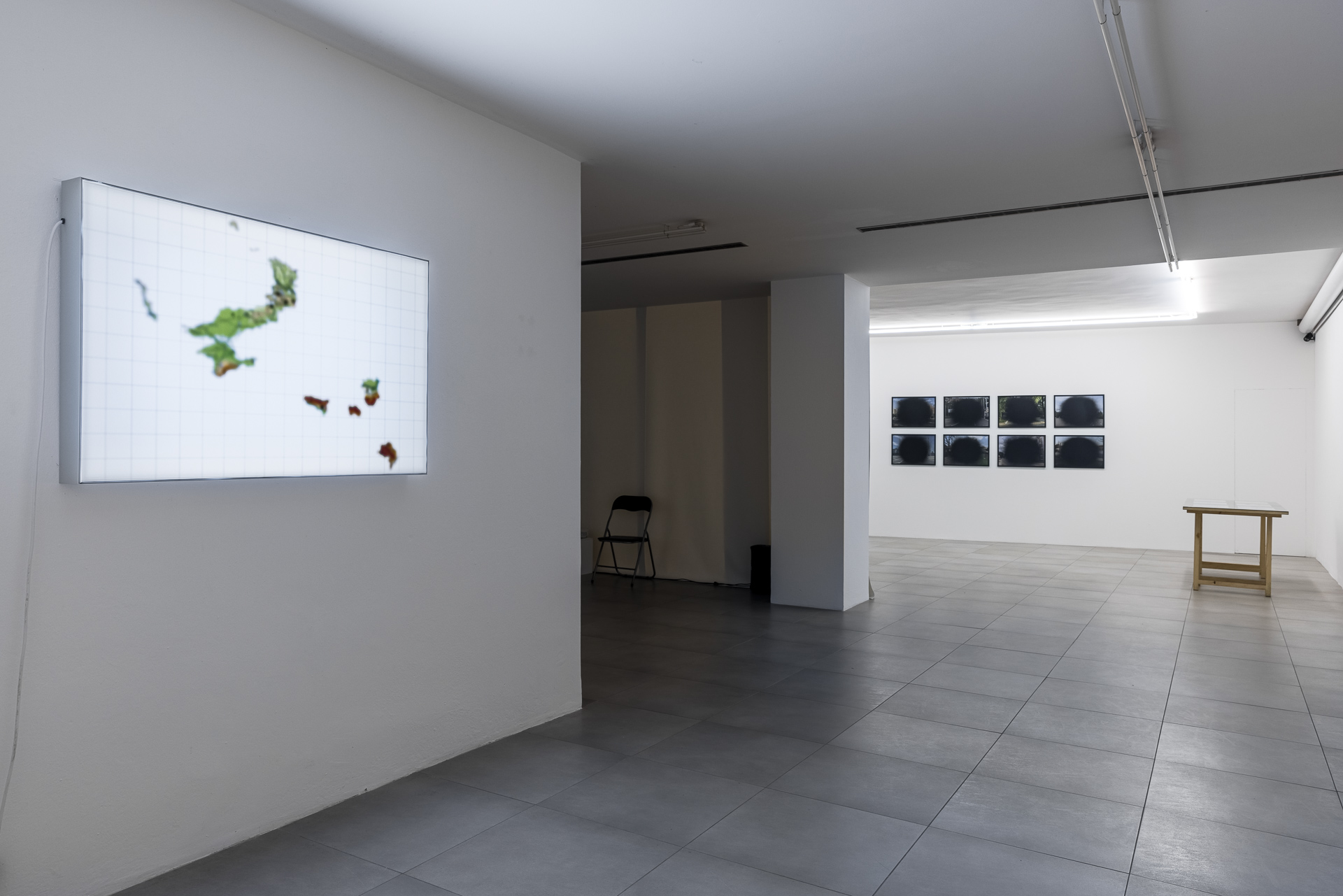
Mykola Ridnyi – Loss of Vision, Exhibition by Foto Forum, Bolzano/Bozen (Italy), 2024, Exhibition Views: Luca Guadagnini
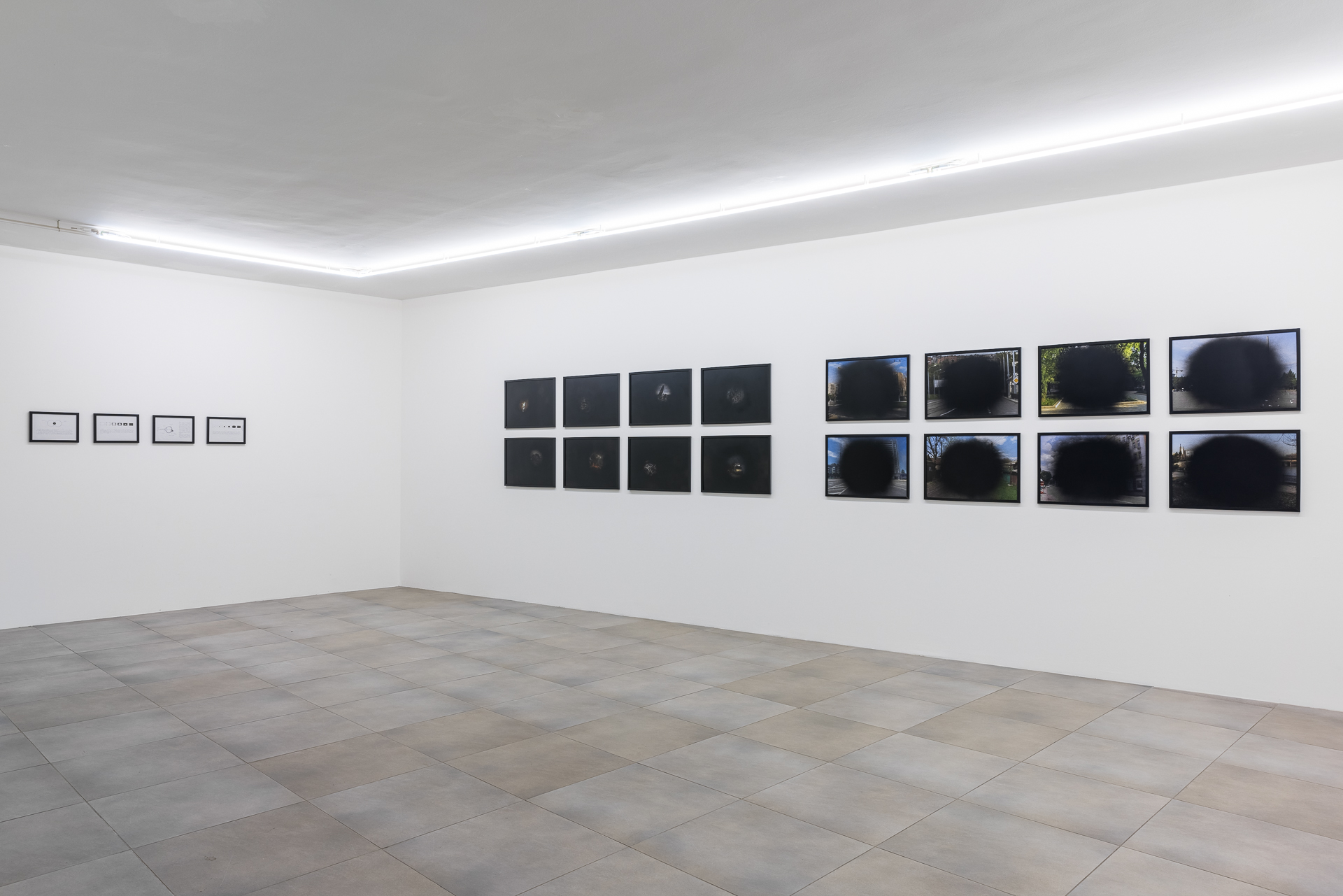
Mykola Ridnyi – Loss of Vision, Exhibition by Foto Forum, Bolzano/Bozen (Italy), 2024, Exhibition Views: Luca Guadagnini
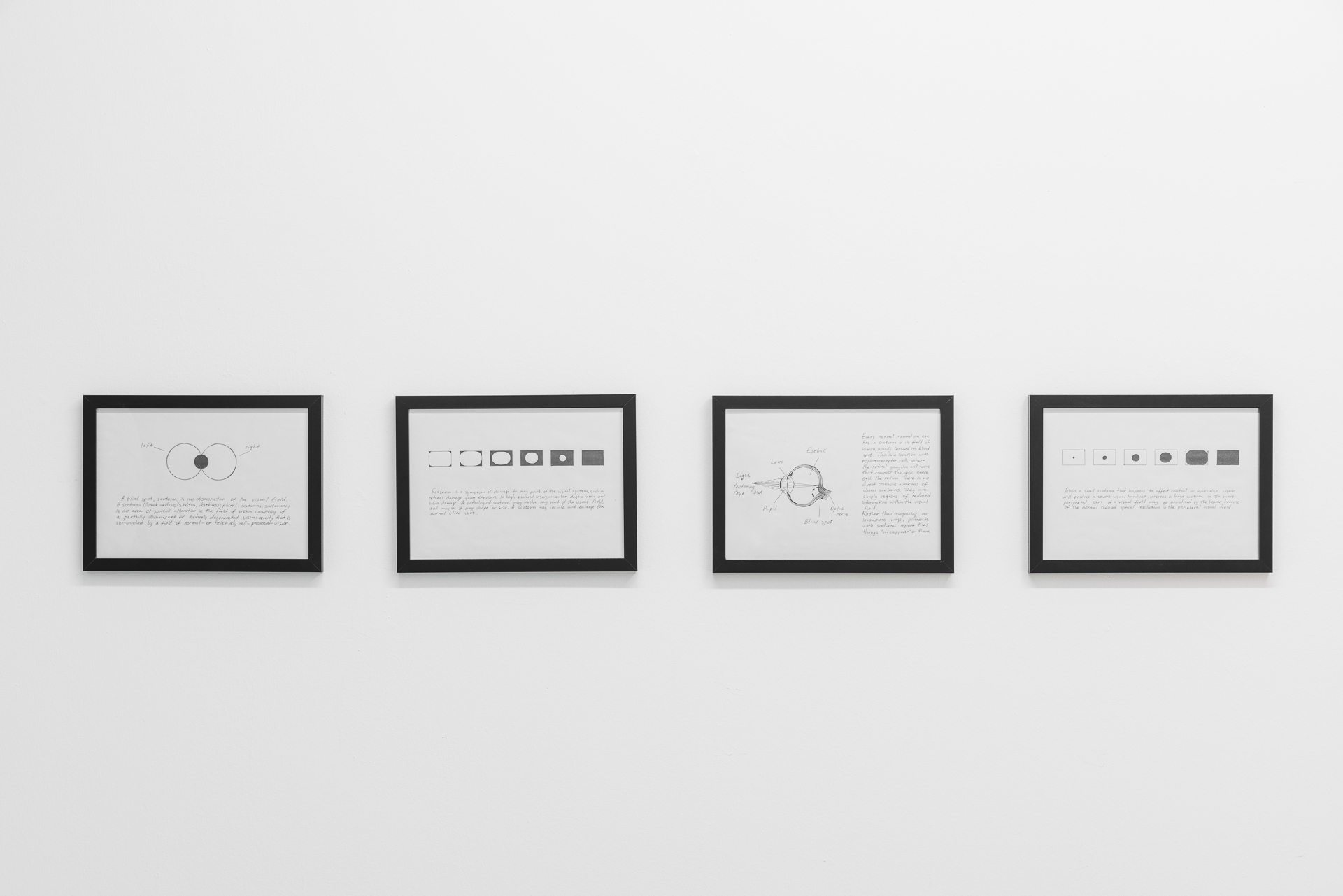
Mykola Ridnyi – Loss of Vision, Exhibition by Foto Forum, Bolzano/Bozen (Italy), 2024, Exhibition Views: Luca Guadagnini
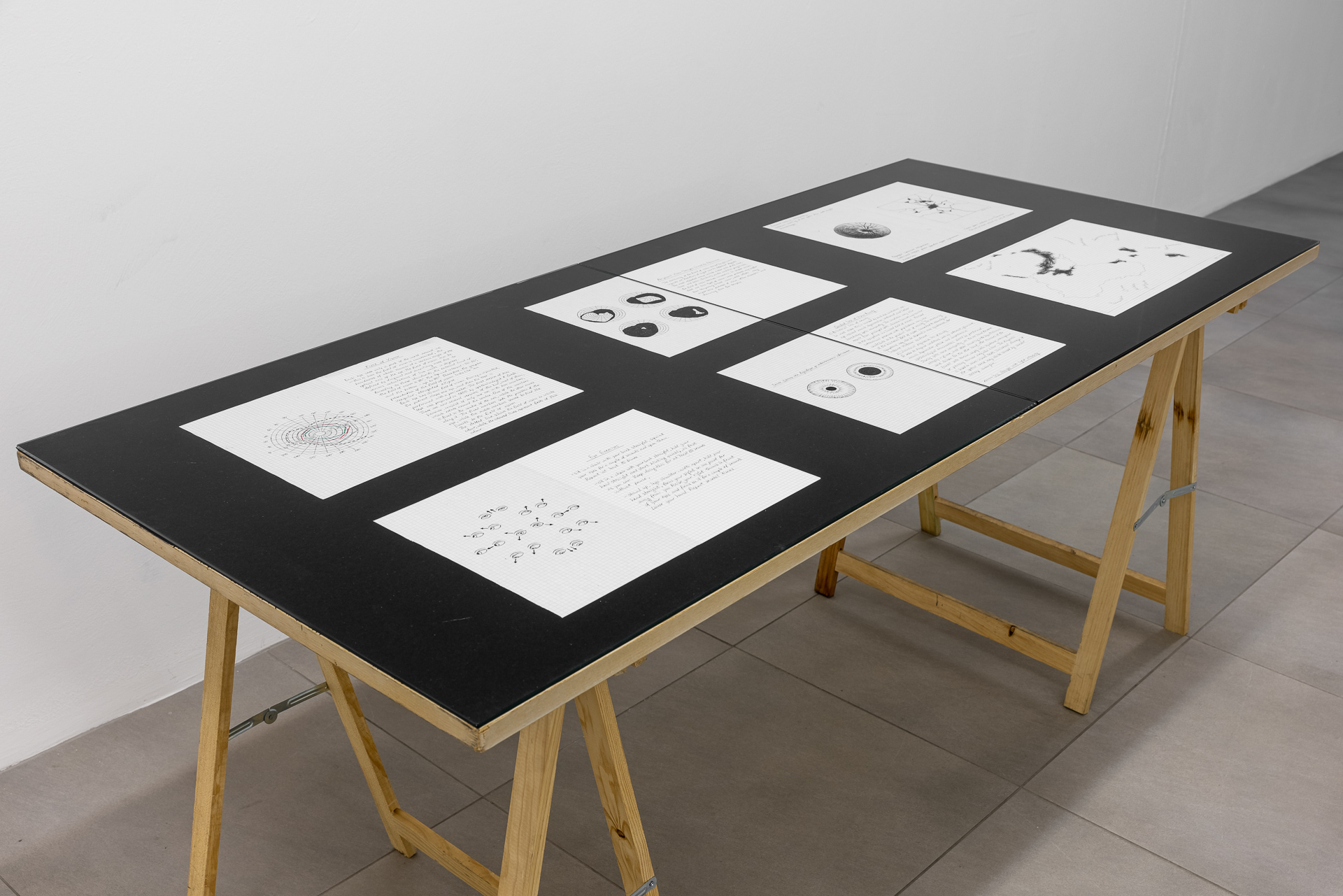
Mykola Ridnyi – Loss of Vision, Exhibition by Foto Forum, Bolzano/Bozen (Italy), 2024, Exhibition Views: Luca Guadagnini
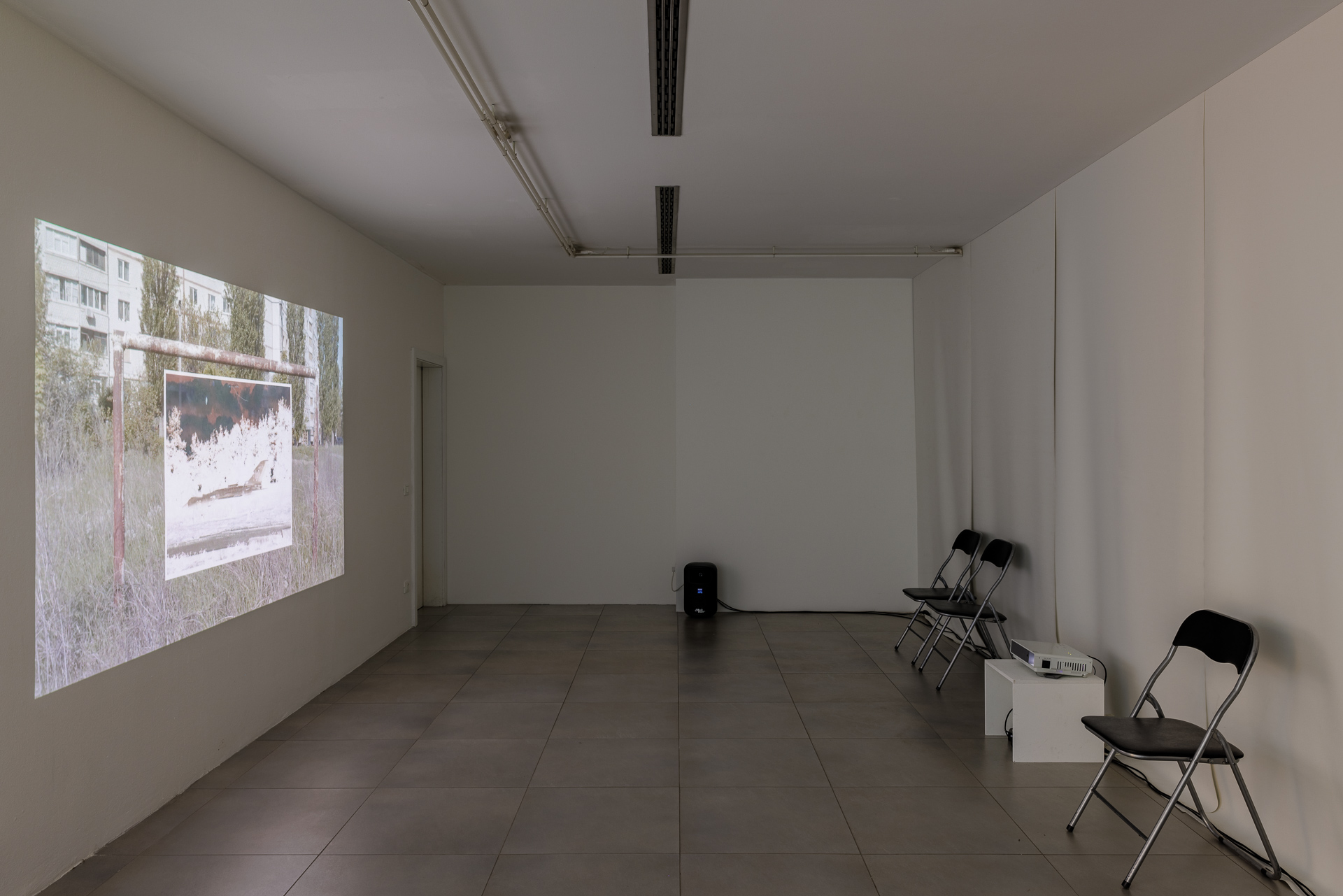
Mykola Ridnyi – Loss of Vision, Exhibition by Foto Forum, Bolzano/Bozen (Italy), 2024, Exhibition Views: Luca Guadagnini
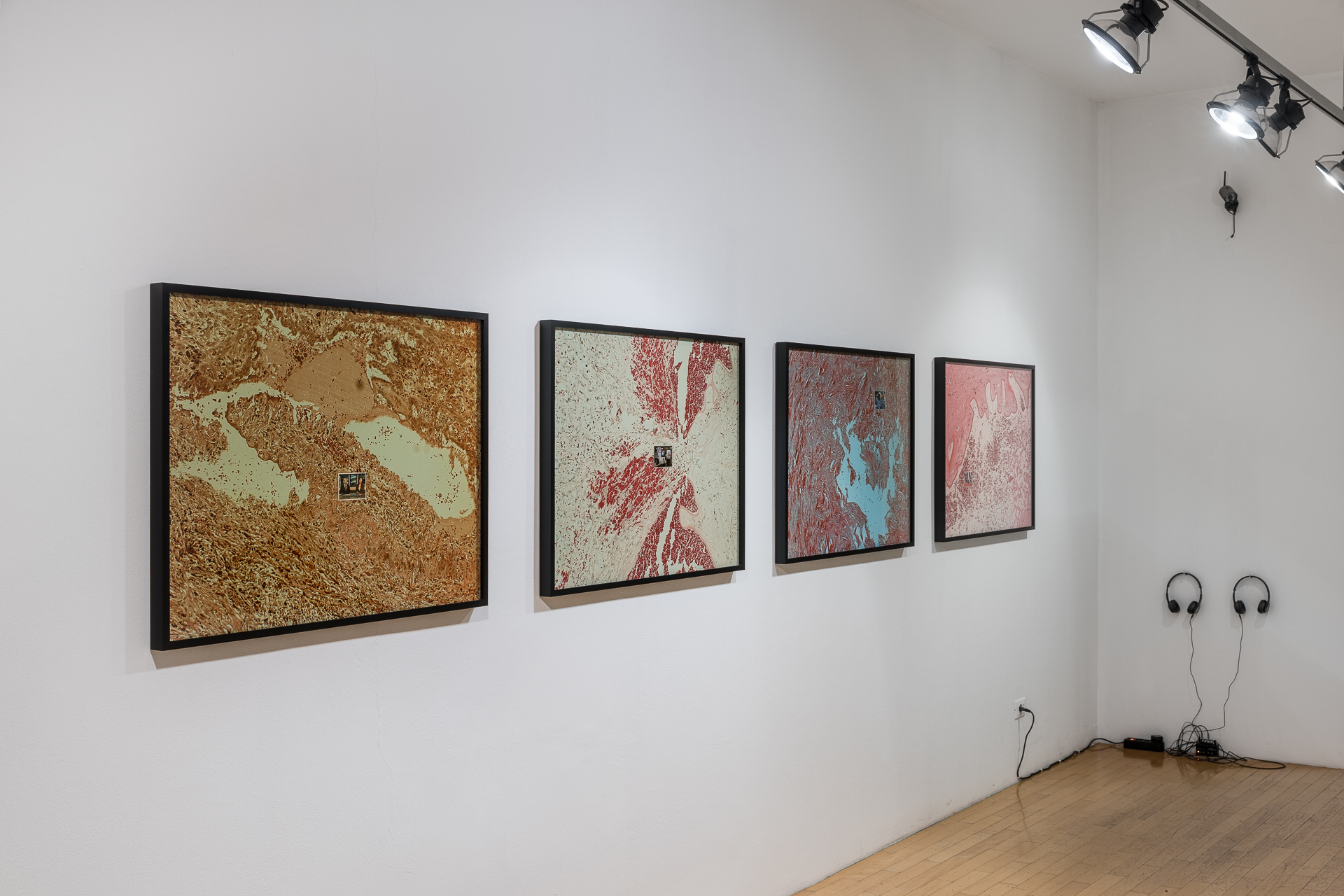
Mykola Ridnyi – Loss of Vision, Exhibition by Foto Forum, Bolzano/Bozen (Italy), 2024, Exhibition Views: Luca Guadagnini
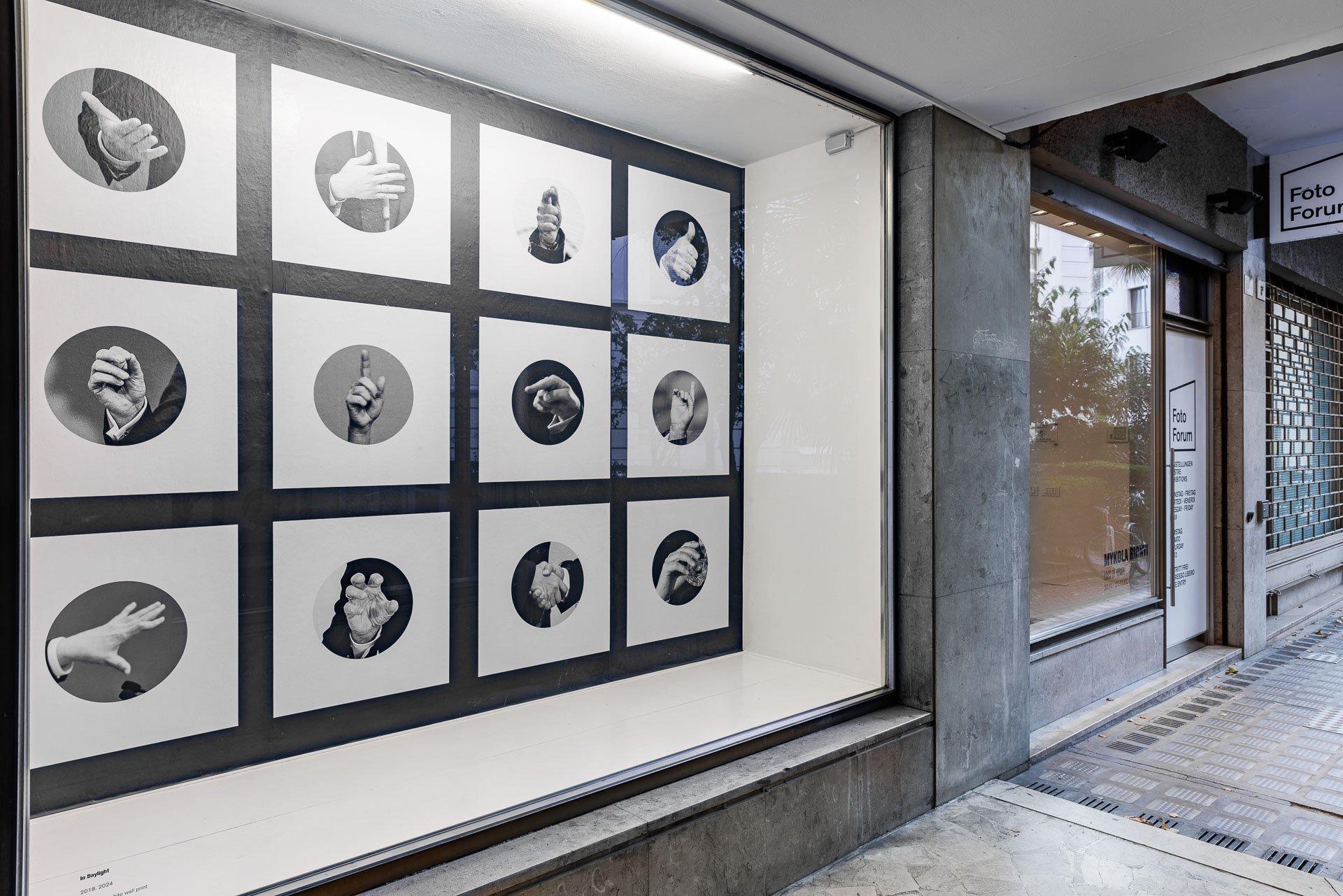
Mykola Ridnyi – Loss of Vision, Exhibition by Foto Forum, Bolzano/Bozen (Italy), 2024, Exhibition Views: Luca Guadagnini


